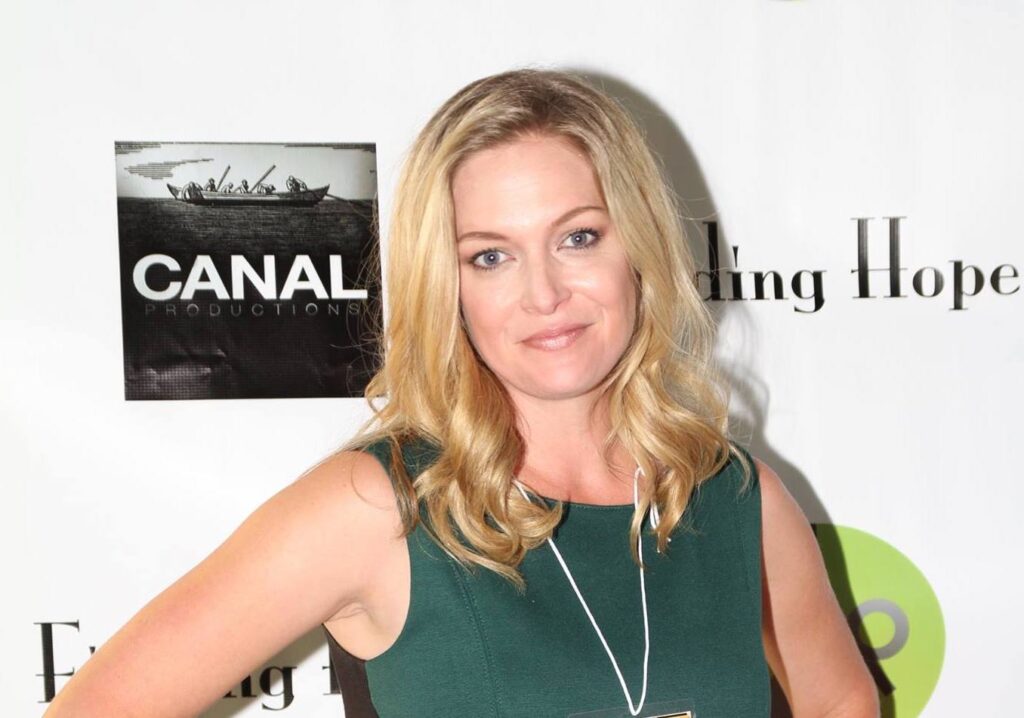Guest Post by Zoe Eisenberg
Most filmmakers know the pain of finding their favorite scenes on the cutting room floor, but how about the satisfaction of snipping your least favorite scenes? During post-production on “Stoke,” a feature set on the road that I wrote, produced, and co-directed, I made the decision to remove all of the film’s sex scenes and an entire romantic subplot — and the relief was immediate.
“Stoke” follows Jane, a Los Angeles litigator who takes a year off work to grieve the death of her fiancé. Unable to overcome her crippling depression and threatened by her employer to return to work or lose her position, Jane heads to Hawai’i’s Kilauea volcano in search of healing. Upon arrival, she hires two locals to take her to the volcano, and the trio set off on the journey of a lifetime. In the film’s first cuts, a romantic relationship develops between Jane and Dusty, one of the guides she’s employed.
After making it through the rough cut phase, my co-director Phillips and I felt the sexual relationship between Jane and Dusty felt off-topic and forced.
Because it was.
In “Stoke’s” original script, there was no romantic subplot between Jane and Dusty. While the film explores several themes, including the human drive to control our surroundings and a Hawaiian perspective on lava tourism, at its core it’s a story of a woman struggling with grief. It is not a story about a woman learning to love again, or having a life-affirming fling with a sexy local while on a spiritual journey. I’ve seen those stories, and I set out to do something else.
But as the script was sent around for notes, the feedback was universal: let’s see some sparks. Over and over, the notes were the same. “Where’s the sex?” “What if they hook up?” “This would be more satisfying with a romantic connection.”
Initially, I pushed back. This wasn’t that kind of story. But as the universality of the feedback became impossible to ignore, I began to wonder, could it be that kind of story?
The lack of sex wasn’t the only ubiquitous note I received. Jane’s grief is self-destructive, and her behavior is often entitled and self-absorbed. She’s angry. Similar to the feedback “Dead to Me” creator Liz Feldman received when introducing her grief-stricken, enraged protagonist Jen, “Stoke’s” early readers wanted me to lighten Jane. They wanted it to be easier to like her.
While I didn’t worry about making Jane likable, I did add a romantic subplot. Everyone else wanted it, so I conceded. To ground the romance in the narrative, I explored the idea that Jane turned to sex as part of her grieving process. This was done both in the narrative between Jane and Dusty but also through a series of flashbacks.
But as the film moved through production and into post, the romantic subplot and flashbacks felt exactly like the forced devices they were. So we cut them, and when we did, the rest of the narrative began to shine. What was left between the characters — an unlikely friendship — felt more satisfying and more honest than the cookie-cutter romance we’d tried to add.
Injecting romance into a woman’s story has become so formulaic it is now an expectation. That’s why I received those notes ad nauseum. “Stoke” bucked this tired convention. Are other creators also pressured, internally or externally, to add a romantic subplot just for the sake of doing so? I can’t help but wonder why there is still such a rebellion against female stories that do not center around or include romance. If we’re to look at the heteronormative formulas for most of these subplots, what we’re really looking at is a severe allergy to female stories that do not center around men
There were some drawbacks to cutting the romance from “Stoke.” As with any production, time is money, and our sex scenes had taken meticulous planning. Plus, some of the best moments between Dusty and Jane were housed in the will-they-won’t-they interactions actors Caitlin Holcombe and Ka’uhane Lopes had worked hard to build. In the process of stripping this away, we had to remove certain scenes entirely, and rework performances in a way that sometimes pained us, but ultimately paid off.
After the film’s festival premiere, an audience member raised their hand not to ask a question, but to applaud us for avoiding a romantic connection between Jane and Dusty. It was all Phillips and I could do not to burst out laughing.
Whereas our script notes had called for sex or romance, feedback on the finished film did the opposite. Screening after screening, the commentary continued, mainly from women relieved to see a woman’s story that isn’t furthered — or sidetracked — by the romantic introduction of a man. This feedback showed me that not only are audiences ready for these stories, they are perhaps more ready to see them than the overall industry may be to greenlight them.
While this feedback was validating, it also came as a painful reminder to trust my instincts. I knew when developing this story that Jane’s journey was not a romantic one, and yet I had been swayed by external feedback and the ultimate desire to set my project up for success.
“Stoke” releases digitally this month, and I am hopeful that with its larger release, more women can find inspiration in the film’s story, further validating the idea that women are hungry for female stories driven by complicated, complex female protagonists. No sex needed.
Zoe Eisenberg is a Hawaii-based writer, producer, and director, as well as the co-founder and Executive Director of the Made in Hawai’i Film Festival. “Stoke” is her second feature film, and will be available on Amazon Video on Demand on August 6.







